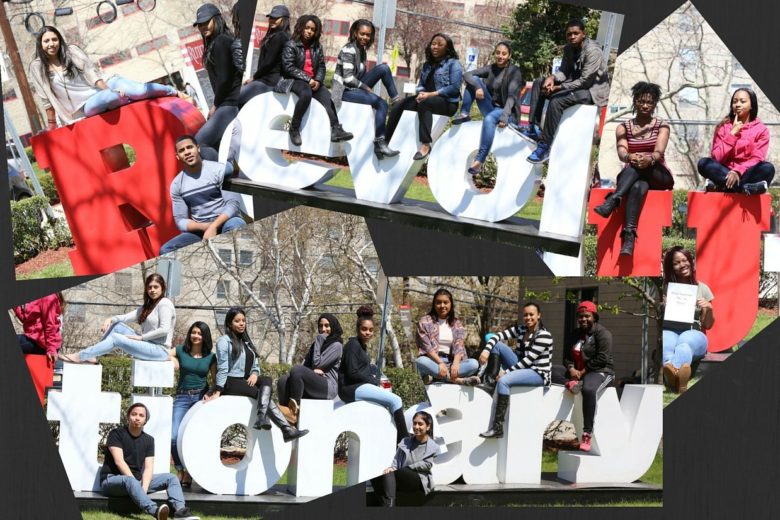Foreshadow: Tell The Future
In their paper “Changing the Story: Story-Based Strategies for Direct Action Design”, Doyle Canning and Patrick Reinsborough develop an essential argument:
“In the advertising industry they say, “People can only go somewhere that they have already been in their minds.” This rings true for action organizing too. When using a story-based strategy, the aspect of “foreshadowing” is a key ingredient of a successful action. The action logic needs to answer the questions: “How will this conflict come to resolution? “What is our vision for a solution to this problem?”
When we forecast the future we desire through our messaging and our images, we bring people with us towards being able to imagine and embrace a visionary solution. Often times the power holder’s side of the debate relies on inertia – the belief that change can’t happen. Former British Prime Minister Margret Thatcher even coined an acronym to define this tactic: TINA meaning there is no alternative. What better way to challenge this myth then making alternatives real and visible? This is particularly powerful when the foreshadowing is incorporated into the action logic and design – the occupation of the government office transforms it into the day care center the community is demanding, the empty lot becomes a guerilla garden, the site of the planned juvenile prison becomes a playground.”
SOGI-focused activism has an essential interest in carefully integrating this aspect. Often, a major obstacle to people embracing sexual and gender diversities is an absence of representation of what such a world would look like.
Providing such a representation is crucial in opening perspectives.
An ideal example of such a representation is the famous Australian video in favour of same-sex marriage.


